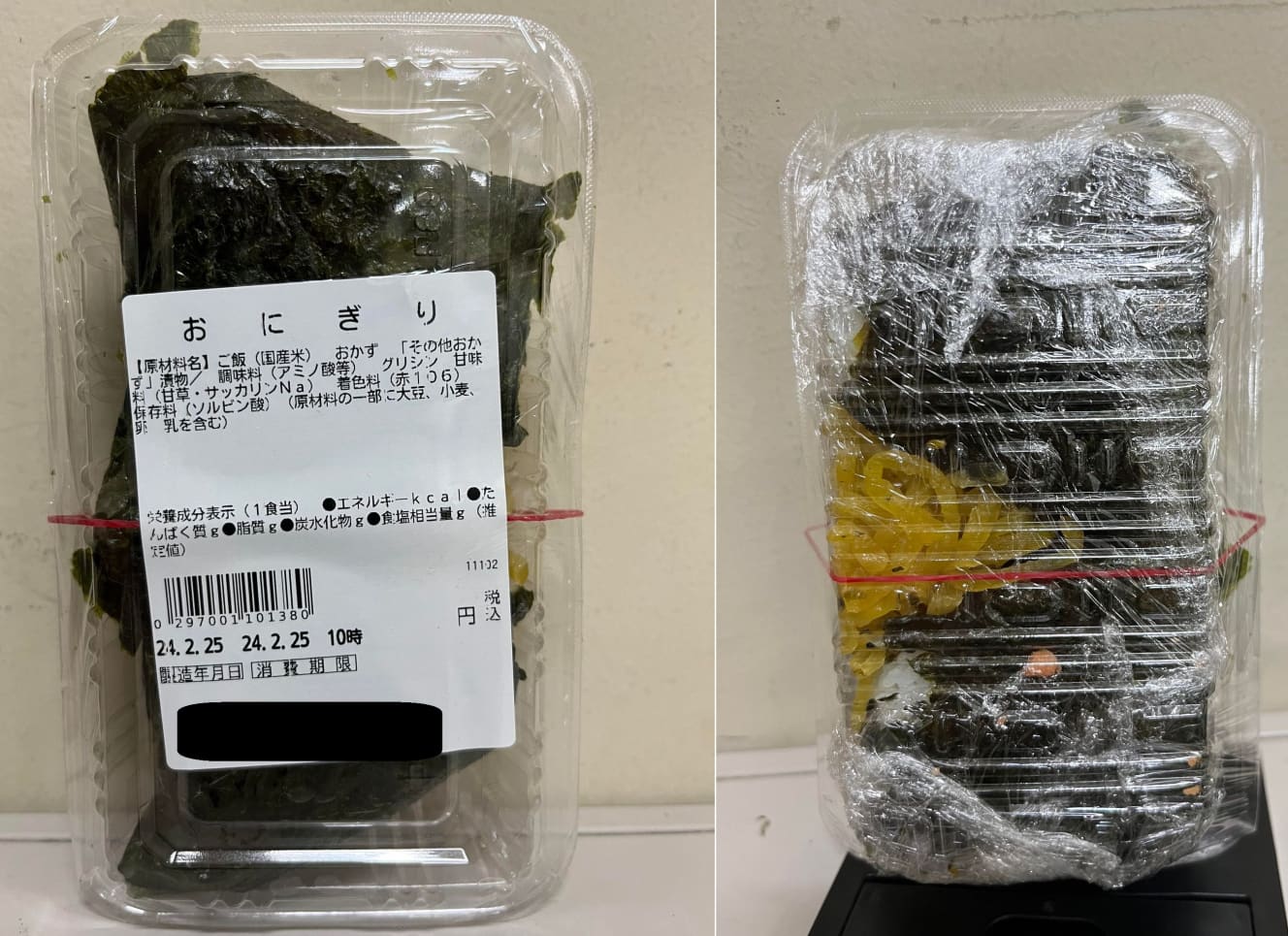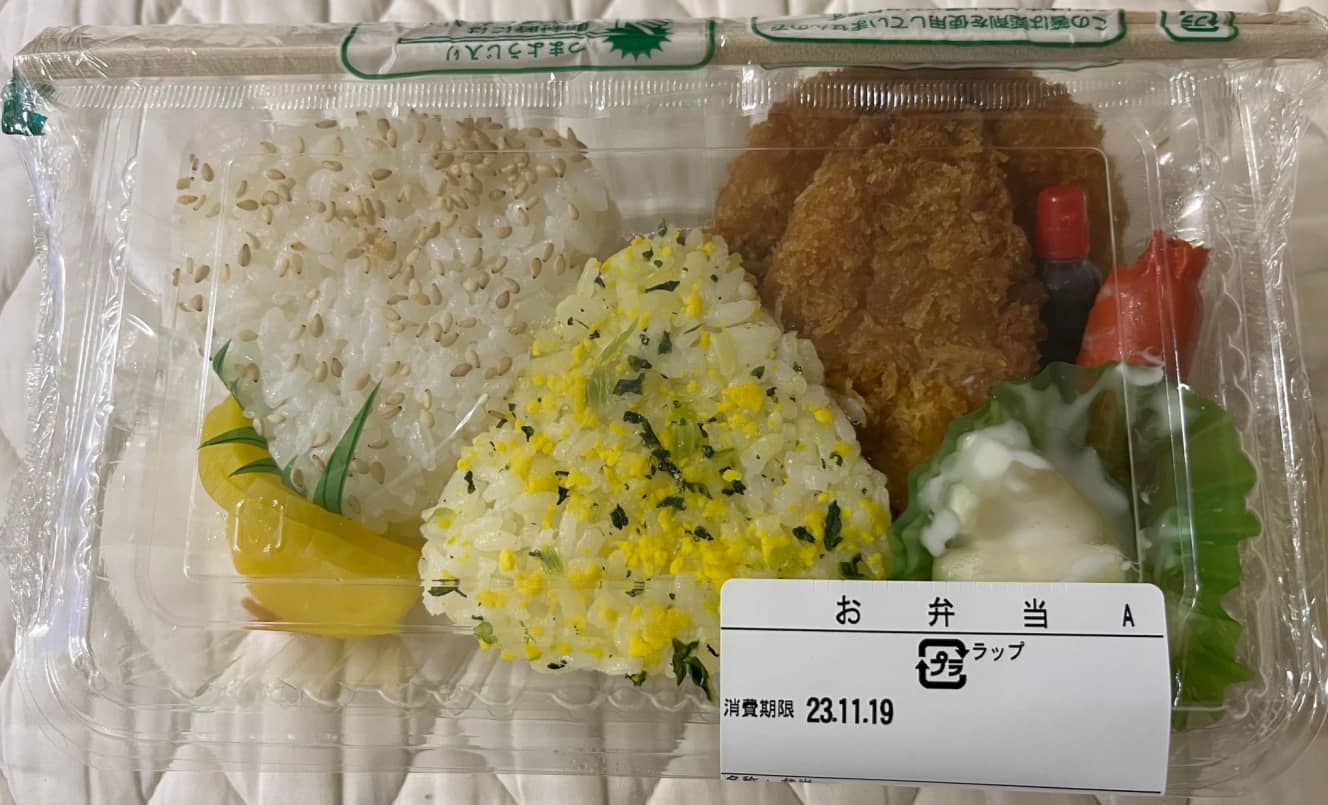Daily Meals for Self-Defense Forces Personnel and Reserve Self-Defense Force Personnel Less than School Lunch for Junior High School Students in Osaka? A photo of a meal that is too “meager” to protect the country.


The cost of food was 978 yen for three meals a day. ……
On March 4 this year, Masahisa Sato, 63, a member of the House of Councilors and former chief instructor at the Japan Ground Self-Defense Force Staff College, spoke out about the meals of Self-Defense Force personnel at a House of Councilors Budget Committee meeting.
He said, “The cost of meals for the Self-Defense Forces personnel is 978 yen for three meals a day. With the high cost of foodstuffs, it is not even 1,000 yen a day. Do you think a private company would be able to recruit people for 1,000 yen a day in a dormitory? (omitted) He was suspended for 10 days after taking bread and natto (fermented soybeans) from the cafeteria, which caused a total of 175 yen in damages. He stated that this was because the amount of food distributed was too small. Prime Minister, I would like to give a little more food to the members of the corps, who are undergoing rigorous training for physical labor, I would like to give them more food.”
The example Sato gave was in October ’21 at a cafeteria in the Air Self-Defense Force Naha Air Base facility. A member of the unit ate more than the default amount of bread and natto (fermented soybeans) more than once. The “damage totaling 175 yen” refers to the total amount of extra bread and natto consumed in excess of the originally allowed amount in a single meal. The suspended Airman 3rd Class (male in his 40s) claimed that the reason for the extra food was that the amount of food he ate was too small. The fact that he ate only 175 yen worth of food led to his disciplinary action, and the Self-Defense Forces personnel, who have been “on a string” so far, will be forced to endure less food in the future.
According to Councilor Sato, the daily meal allowance for the SDF members was increased to 978 yen because of “marine product consumption. The “consumption of marine products” refers to the September 1, 2011 notice titled “Measures by the Ministry of Defense and the Self-Defense Forces to Increase the Consumption of Japan’s Fishery Products. The document called for the SDF to actively consume domestic marine products in response to China’s suspension of Japanese marine product imports during this period on the grounds of preventing the risk of radiation contamination of food products due to the release of ALPS processed water from TEPCO’s Fukushima Daiichi nuclear power plant into the ocean.
Incidentally, we checked junior high school students to see if this food cost for the SDF is about the same as the cost of food for minors. The daily cost of a school lunch at a junior high school in Osaka City is 335 yen. Since school lunches are only for lunch, simply multiplying by three gives 1005 yen, which is about the same price as that of the SDF. It is doubtful that the physical abilities of the SDF personnel can be improved with nutritional value equivalent to that of a junior high school student’s school lunch.
The diet of the Reserve Self-Defense Force (RSDF) and Readiness Reserve Self-Defense Force (RRRSDF) personnel, who are called up for regular seasonal training, is even more demanding. The JSDF reserve officers are part-time national civil servants who are called upon to serve in the Self-Defense Forces in the event of an emergency or disaster, while holding down a regular job as a company employee, self-employed worker, student, or other such job. They are a group of people who are willing to undergo training themselves on their days off when they are not working at their main jobs, but the meals are such that one feels indignant and wonders, “Does the government even have a shred of respect for them?
Because the SDF cafeterias are concentrated on Saturdays and Sundays, which are rest days, the morning meal tends to be a meager meal of lunch boxes, bread, etc., with no cooked food available. One reserve Self-Defense Force officer, Mr. A, was required to eat only two rice balls for breakfast, and Mr. B was also required to get by with only two onigiri, a wiener, and what appeared to be a croquette for lunch one day. In the Self-Defense Forces, meals are served in the following cases: “on weekends and holidays,” “in the morning,” and “on weekends and holidays.
On Saturday, Sunday, and holiday mornings, and on mess hall maintenance days (one day a month).
On days when it is inconvenient to take a boxed lunch, such as when the garrison is open to the public.
When food poisoning occurs (when the mess hall is closed).
The training period for reserve SDF personnel is short (about five days) and often includes weekends and holidays, so the probability of bread and boxed lunches increases considerably. Although they can put up with poor food if they want to, it is hardly adequate for their training.
Mr. A, a reserve Self-Defense Force officer, was disappointed: “There are no side dishes, but at last they even ran out of chopsticks! He was disappointed. Some of the people who saw these photos may have said, “Just wash your hands and eat,” or “You can stand it. However, we must not forget the fact that these people have taken time off from their own jobs to report for training to protect the country.


It is a wonder that Self-Defense Forces personnel help even though the work is outsourced.
One senior SDF officer lamented, saying, “I’m at a loss.
He says, “The subcontractor of the mess hall contracted by the Self-Defense Forces in Kanto is having difficulty recruiting cooks because the wages for cooks are just under the minimum wage. As a result, on days when the number of cooks required for the garrison canteen cannot be gathered, the SDF side helps out. Since this is an outsourcing contract, it is a clear violation of the contract (specifications) if the SDF side helps out. In such cases, the contractor is sometimes fined a penalty fee for “failure to fulfill the contract,” but we hear that paying the penalty fee does not hurt the contractor as much as raising labor costs. It’s frustrating to feel like we are being watched closely by the contractors, but there are no other contractors willing to do the work, so we have no choice.
A family member of a Self-Defense Force official who knows the impact of the bankruptcy of the cafeteria operator “Hoyu” last September said, “The Self-Defense Force (government agency) contractors are not doing well.
The Self-Defense Forces (government) contracts are awarded to the cheapest contractor anyway, so they fall into this ‘cheap or no good’ trap,” said a family member of a Self-Defense official. Still, as long as we get our cooked rice, it’s still good.”
Is it okay for the meal content to be priced at the very last minute so that the outsourcing contractor goes bankrupt?

Why there was a time when the Asaka Garrison had only boxed lunches for a week
I heard that there were times when the SDF would spend a week with only lunch boxes and bread, even if it was not during a disaster relief mission or contingency. For example, at the Asaka Garrison, during the preparation period for the 64th anniversary of the founding of the Eastern Army Corps in January, the entire week was spent on packed lunches.
The canteen was over capacity due to the large number of unit members staying at the garrison for the commemorative events. It was also for this reason that the mess hall was used as a dining hall for the anniversary events. But not only those who came from outside but even those who were stationed at Asaka Garrison could no longer eat at the cafeteria. I had to eat bread in the morning, and lunch and dinner continuously for the past week. It was very hard. There were also frequent cases of members who had no choice but to buy side dishes outside after receiving permission to go out because of the lack of vegetables.
Last year, the Asaka Garrison had to eat bread for breakfast and boxed lunches for lunch and dinner for a week.
Priority is given to dinners for events rather than meals for the troops in the field. The sense of importance placed on appearances by the upper echelons of the district directorate greatly affects the recruitment of enlistees. In the past, the families of SDF personnel promoted nepotistic recruitment, telling them to become SDF personnel. Now, however, the families of the SDF members stop them, saying, “Don’t just join the SDF. No one will enlist in the JSDF if there is not even enough rice to go around.
Two years ago, there were about 600 new recruits to the Self-Defense Forces Personnel Training Corps at Asaka Garrison, 300 last year, and this year the number has decreased further to only 227, including 164 candidates for the rank of sergeant and 63 candidates for the rank of JSDF officer. A JSDF official familiar with the Asaka Garrison lamented, “Is this the beginning of the end?
On January 30 of this year, in his policy speech at the 213th session of the Diet, Prime Minister Kishida said, “Given that Japan is in the midst of the most severe postwar security environment, we will steadily and concretely implement a drastic strengthening of our defense capability, and we will also work to improve the living and working environment and treatment of SDF personnel. Without making the Self-Defense Forces capable of at least having enough to eat, there is no hope of strengthening the human resources base, which will not be able to stop the shortage of personnel.


Interview, text, and photos provided by: Rie Ogasawara
Rie Ogasawara is a national defense journalist. After graduating from Kansai Gaidai University, she became a freelance writer focusing on the Self-Defense Forces and security issues, and is the author of "Self-Defense Forces Personnel Buy Base Toilet Paper with Their Own Money" (Fusosha Shinsho), published in 2007. He was awarded the Seishi Sanshuji Award in the 15th "True Modern History" Essay Contest sponsored by the APA Foundation for the Rebuilding of Japan. Columnist for Sankei Shimbun's "Shimbun ni Kakaku! columnist for the Sankei Shimbun.
PHOTO: Osaka City Official Website (3rd and 4th pictures) (Kyodo News (5th picture))